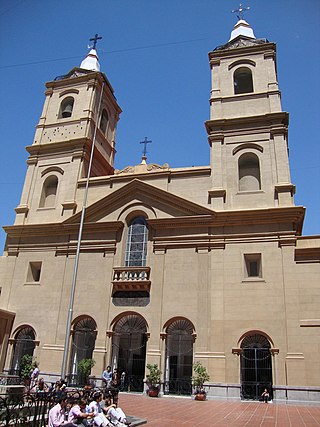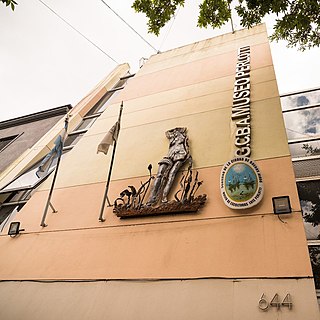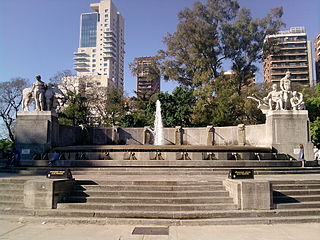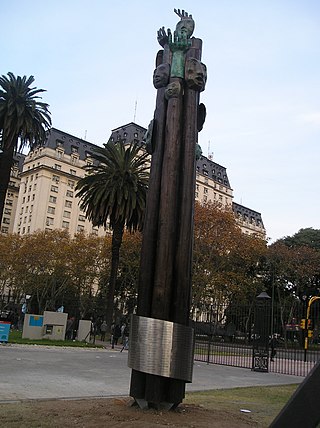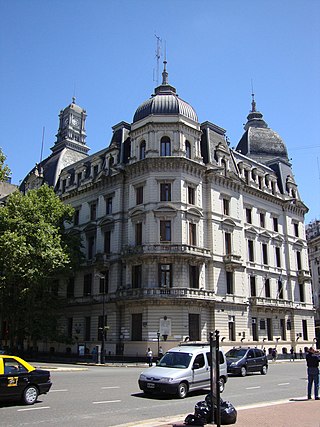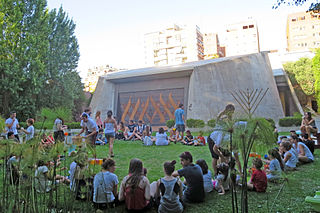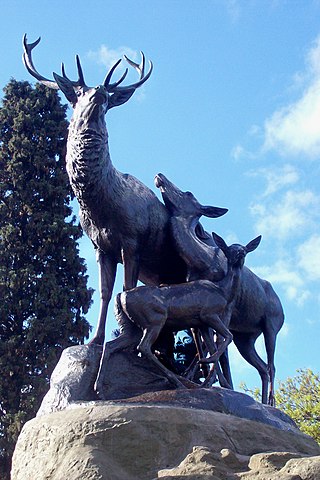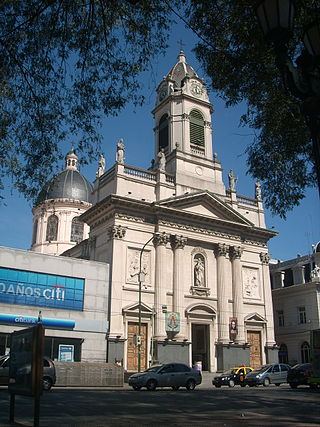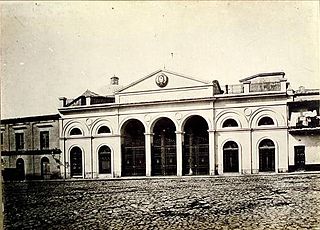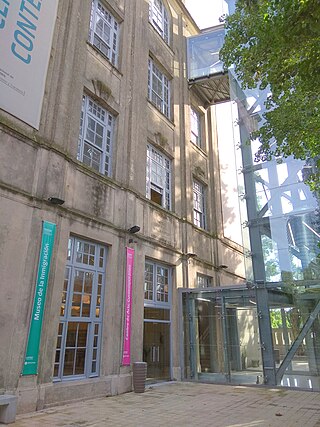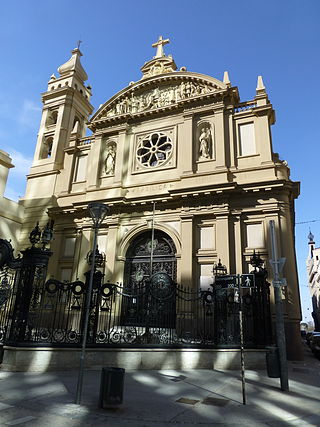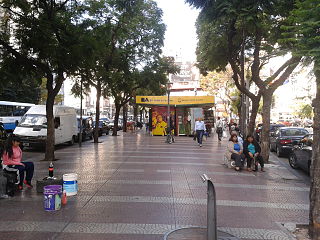27 Sights in Ciudad Autónoma de Buenos Aires, Argentina (with Map and Images)
Legend
Premium Sights
Book tickets, guided tours and activities in Ciudad Autónoma de Buenos Aires.
Guided Free Walking Tours
Book free guided walking tours in Ciudad Autónoma de Buenos Aires.
Welcome to your journey through the most beautiful sights in Ciudad Autónoma de Buenos Aires, Argentina! Whether you want to discover the city's historical treasures or experience its modern highlights, you'll find everything your heart desires here. Be inspired by our selection and plan your unforgettable adventure in Ciudad Autónoma de Buenos Aires. Dive into the diversity of this fascinating city and discover everything it has to offer.
Sightseeing Tours in Ciudad Autónoma de Buenos Aires1. M4 Sherman
The M4 Sherman, officially medium tank, M4, was the medium tank most widely used by the United States and Western Allies in World War II. The M4 Sherman proved to be reliable, relatively cheap to produce, and available in great numbers. It was also the basis of several other armored fighting vehicles including self-propelled artillery, tank destroyers, and armored recovery vehicles. Tens of thousands were distributed through the Lend-Lease program to the British Commonwealth, Soviet Union, and other Allied Nations. The tank was named by the British after the American Civil War General William Tecumseh Sherman.
2. Carlos Gardel
Carlos Gardel was a French-born Argentine singer, songwriter, composer and actor, and the most prominent figure in the history of tango. He was one of the most influential interpreters of world popular music in the first half of the 20th century. Gardel is the most famous popular tango singer of all time and is recognized throughout the world. Described variously as a baritone or tenor because of his wide vocal range, he was known for his rich voice and dramatic phrasing. Together with lyricist and long-time collaborator Alfredo Le Pera, Gardel wrote several classic tangos.
3. Paseo de los Justos
Righteous Among the Nations is a title used by Yad Vashem to describe people who, for various reasons, made an effort to assist victims, including Jews, who were being exterminated by Nazi Germany during the Holocaust. The term originates from the concept of ger toshav, a legal term used to refer to non-Jewish observers of the Seven Laws of Noah.
4. Paseo El Rosedal
The Rosedal de Palermo, also called Paseo del Rosedal, is a traditional park located in the Palermo neighborhood of the city of Buenos Aires that is part of the complex known as Parque Tres de Febrero. In its 3.4 hectares it has 18,000 rose bushes and numerous works of art are located, including 26 busts of poets and writers, a Greek bridge and an Andalusian courtyard.
5. Cabildo de Buenos Aires
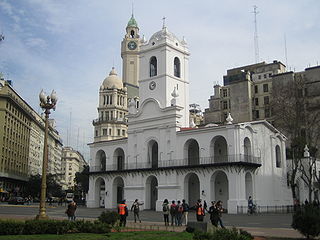
The Cabildo of Buenos Aires is the public building in the city of Buenos Aires, Argentina, that was used as a seat of the town council during the colonial era and the government house of the Viceroyalty of the Río de la Plata.
6. Plazoleta San Francisco
The Basilica and Convent of San Francisco de Asís is a Catholic temple located at 380 Alsina Street, in the historic center of the city of Buenos Aires (Argentina), Monserrat neighborhood. It belonged to the Franciscan order, the first to receive a piece of land in the settlement founded by Juan de Garay in 1580.
7. Pyramid of May
The Pirámide de Mayo, located at the hub of the Plaza de Mayo, is the oldest national monument in the City of Buenos Aires. Its construction was ordered in 1811 by the Primera Junta to celebrate the first anniversary of the May Revolution. It was renovated in 1856, under the direction of Prilidiano Pueyrredón. In 1912, after having undergone many modifications, it was moved 63 metres to the east, with the idea that a much larger monument would eventually be constructed around it.
8. Museo Malvinas e Islas del Atlántico Sur
The Malvinas and South Atlantic Islands Museum was created in June 2014 by the Argentine government and has been operating on the premises that belonged to the Navy Mechanics School, in Buenos Aires, since June 10. The museum depends on the Ministry of Culture.
Wikipedia: Museo Malvinas e Islas del Atlántico Sur (ES), Website
9. Catedral Nuestra Señora del Patrocinio (Pokrov)
The Ukrainian Catholic Eparchy of Santa María del Patrocinio en Buenos Aires is an eparchy of the Ukrainian Greek Catholic Church, which uses the Byzantine Rite in the Ukrainian language, for its faithful in major immigration country Argentina.
Wikipedia: Ukrainian Catholic Eparchy of Santa María del Patrocinio in Buenos Aires (EN)
10. Espacio Memoria y Derechos Humanos

The Space for Memory and for the Promotion and Defense of Human Rights is the name given since 2004 to the premises in the City of Buenos Aires where the Navy School of Mechanics operated until 1998, used as one of the main clandestine detention centers by the last civic-military dictatorship that ruled Argentina between 1976 and 1983.
11. Basílica Nuestra Señora del Rosario
The Santo Domingo Convent, or Basilic of Our Lady of the Rosary and Convent of Santo Domingo is a convent for Our Lady of the Rosary located in the Monserrat neighborhood of Buenos Aires. Built during the colonial times, it was the scenario of a military conflict during the British invasions of the Río de la Plata. It holds as well the tomb of the Argentine national hero Manuel Belgrano.
12. Museo de Esculturas Luis Perlotti
The Luis Perlotti Sculpture Museum is an art museum located on Pujol 644, Barrio de Caballito, Autonomous City of Buenos Aires. He has his name in tribute to the Argentine sculptor Luis Perlotti. Its mission is to preserve, disseminate and promote the production and reception of Argentine sculpture in general, and the homonymous artist in particular. Its heritage includes more than 1600 pieces, between drawings, paintings, engravings, murals and varied sculptural genres: wood sizes, marble and bronze sculptures, ceramics and reconstituted stone. Among them, the production of Perlotti stands out, characterized by its Americanist theme, works by great masters of national sculpture and two murals of the painter Benito Quinquela Martín. In addition, it has the donation of artists such as Lidia Battisti, Juan Carlos Ferraro, and Alfredo Yacussi.
13. Plaza Alemania
Plaza Alemania is a square located in Palermo Chico, an area of the Palermo neighborhood of Buenos Aires, Argentina. It houses the monument-fountain of Argentine Agricultural Wealth, which the German community gave to the Argentine people on the occasion of the celebration of the Centennial of the May Revolution. The monument has a longitudinal extension of more than 25 meters and has enormous figures that represent agriculture, livestock, and the cultural imprint of Germany in Argentina.
14. Del cielo los vieron llegar
Nora Patrich is an Argentine plastic artist based in Vancouver between 1982 and 2007, and since that date also in Buenos Aires. She has been awarded several distinctions in Argentina and Canada. Among his notable works is the Monument to the victims of the Bombing of Plaza de Mayo, located in the garden of the Casa Rosada in Argentina. His paintings are in the Vancouver Art Gallery (Canada), Casa de las Américas (Cuba) and the Museum of the National Palace of Guatemala, among other centers.
15. Museo de Arquitectura y Diseño
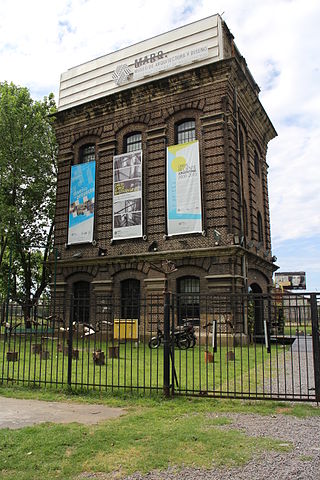
The Museum of Architecture and Design (MARQ) is a museum dedicated to architecture and design that is part of the Central Society of Architects (SCA) and is the first and only Museum of Architecture and Design in Argentina. It is located in the former water tower of the Retiro railway complex.
Wikipedia: Museo de Arquitectura y Diseño (ES), Website, Facebook, Operator Website
16. Buenos Aires City Hall
Buenos Aires City Hall was, until 2015, the seat of the Office of the Chief of Government of Buenos Aires, the capital city of Argentina. From its construction in 1914 to the reformation of the city's constitution in 1996, the building was the seat of the City Municipality. It faces the Plaza de Mayo, across from the Casa Rosada presidential palace, in the barrio of Monserrat.
17. Comunidad Amijai
The Congregation Amijai is a Conservative Jewish congregation and synagogue, located in the Belgrano neighborhood of Buenos Aires, Argentina. The congregation was established in 1993 and the synagogue completed in 2002. The synagogue building is regularly used as a concert venue.
18. Familia de Ciervos
Family of deer, also called Group of deer or Deer, Doe and Fawn, or Deer, refers to two animal groups sculpted in 1908 by Georges Gardet (1863-1939), of which there are at least three examples: in Buenos Aires in Argentina, in Nantes and in Sceaux in France.
19. Basílica de San José de Flores
The Basilica of San José de Flores is a Catholic temple in the neighborhood of Flores, city of Buenos Aires, which is located in front of Plaza Pueyrredón, in the commercial and social center of the neighborhood, which was and is the headquarters of historical events of the same.
20. Antigua Sede del Congreso Nacional
The Old National Congress is the first headquarters of the Congress of the Argentine Nation, inaugurated in 1864 by President Bartolomé Mitre and closed in 1905, when the sessions were moved to the current Palace of Congress. It was located in Plaza de Mayo, on the corner of the current Balcarce and Hipólito Yrigoyen streets, meters from the Casa Rosada, seat of the Executive Power.
21. Primer partido de fútbol en Sudamérica
The Buenos Aires Cricket Club Ground was a cricket field in Buenos Aires, Argentina. The ground, located in the Palermo district and property of Buenos Aires Cricket Club, gained historic relevance because the first football and rugby union matches in Argentina were played there.
22. Museo de la Inmigración
The Immigration Museum is a museum located in the facilities of the former Hotel de Inmigrantes, in the Autonomous City of Buenos Aires. It is a space designed both for the construction of historical memory, around the history of the immigrants who arrived in Argentina from Europe, Asia and Africa at the end of the nineteenth century and the beginning of the twentieth century, as well as for the reflection of the current conditions of immigration in the country.
23. Plaza Rubén Darío
The Rubén Darío Square is a green and public space in the Recoleta neighborhood, city of Buenos Aires. Formerly called Plaza Justo José de Urquiza, it is known for its large cement pond where it is practiced with boats, boats and model seaplanes. It is bounded by Libertador, Pueyrredón and Figueroa Alcorta avenues, and by Austria Street.
24. Equestrian monument to General Manuel Belgrano
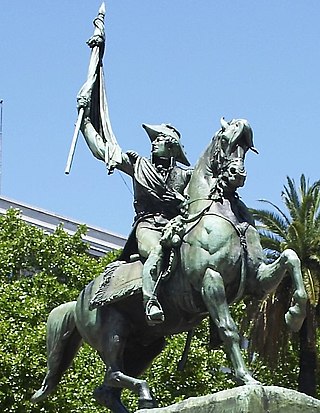
The Equestrian monument to General Manuel Belgrano is a landmark of Buenos Aires, Argentina. It is located at Plaza de Mayo, in front of the Casa Rosada. It depicts General Manuel Belgrano holding the Flag of Argentina, and it is made of bronze over a pedestal of granite.
Wikipedia: Equestrian monument to General Manuel Belgrano (EN)
25. Basílica Nuestra Señora de La Merced
Our Lady of Mercy Church of Buenos Aires is an Argentine Catholic church. It is located on Calle Reconquista corner of Tte. Gen. Juan Domingo Perón Street, in the neighborhood of San Nicolas in Buenos Aires.
26. Plaza Primera Junta
Primera Junta Square is a small square in the neighborhood of Caballito, Buenos Aires. It functions as a combination node between the homonymous subway station, several bus lines and the Caballito station of the Sarmiento Line, and is also a commercial area of such importance that the entire surrounding area is known as Primera Junta.
27. Ofrenda floral a Sarmiento
The Floral Offering to Sarmiento is a high relief on marble made in 1915 by the Frenchman Émile Peynot that represents the famous Argentine statesman Domingo Faustino Sarmiento receiving flowers from a group of children.
Share
How likely are you to recommend us?
Disclaimer Please be aware of your surroundings and do not enter private property. We are not liable for any damages that occur during the tours.
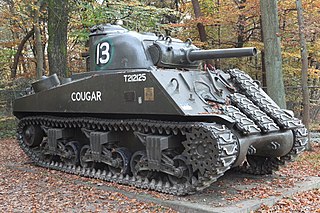
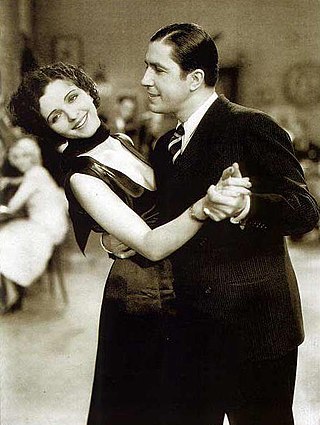

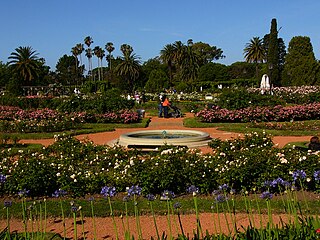
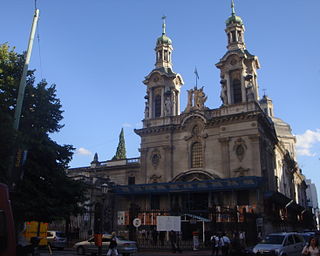
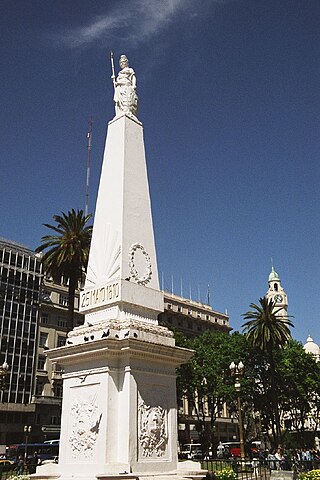

.jpg)
